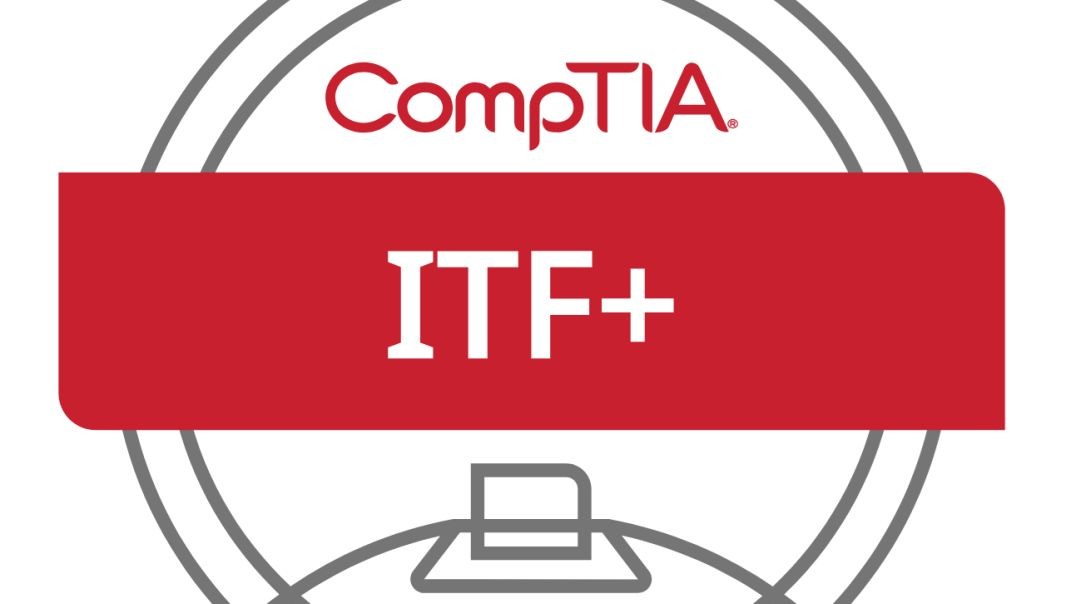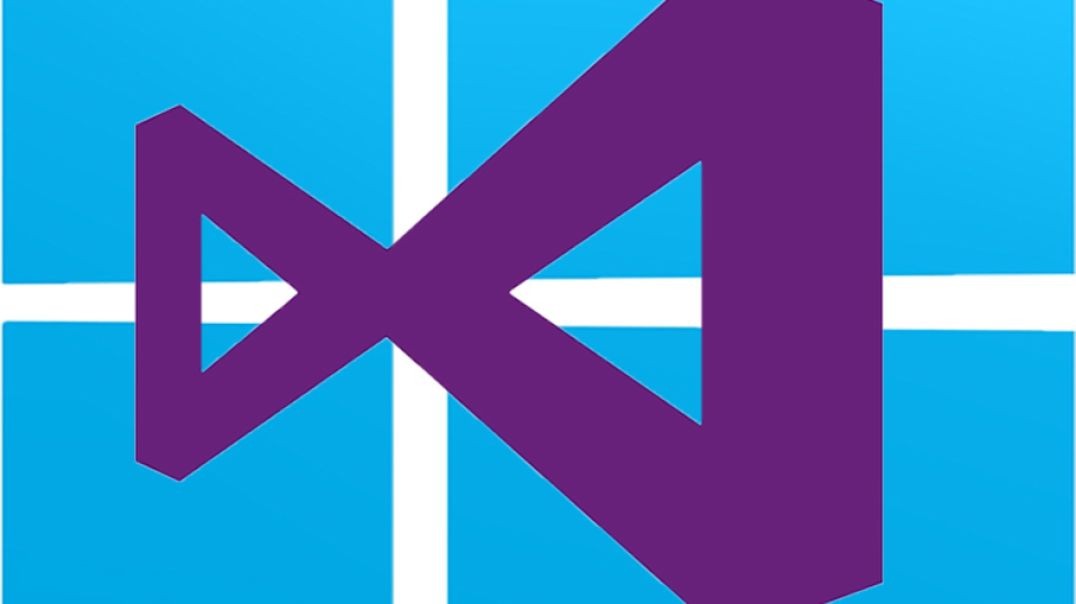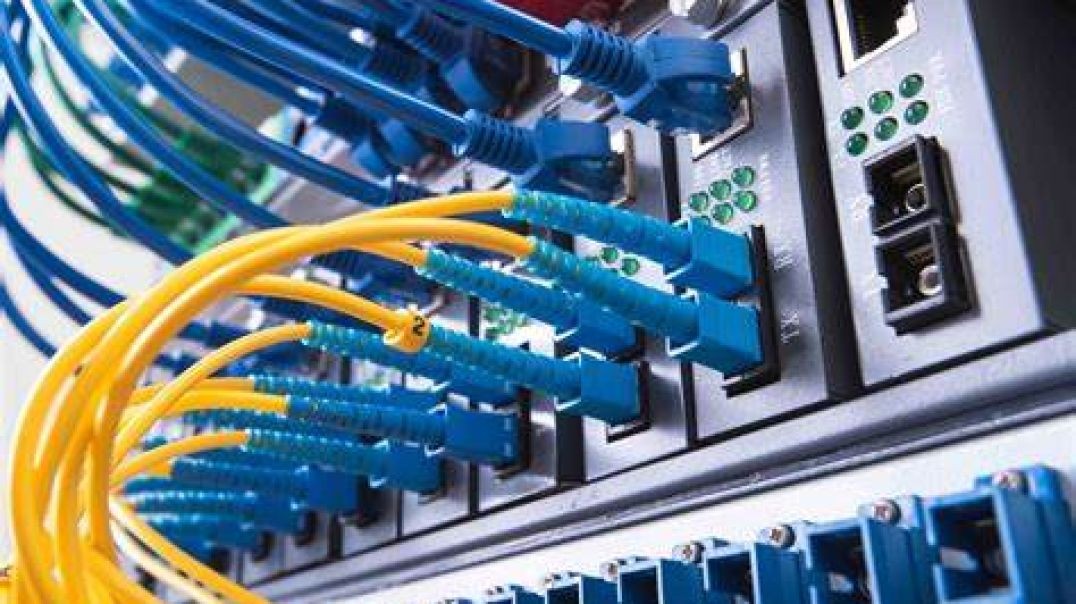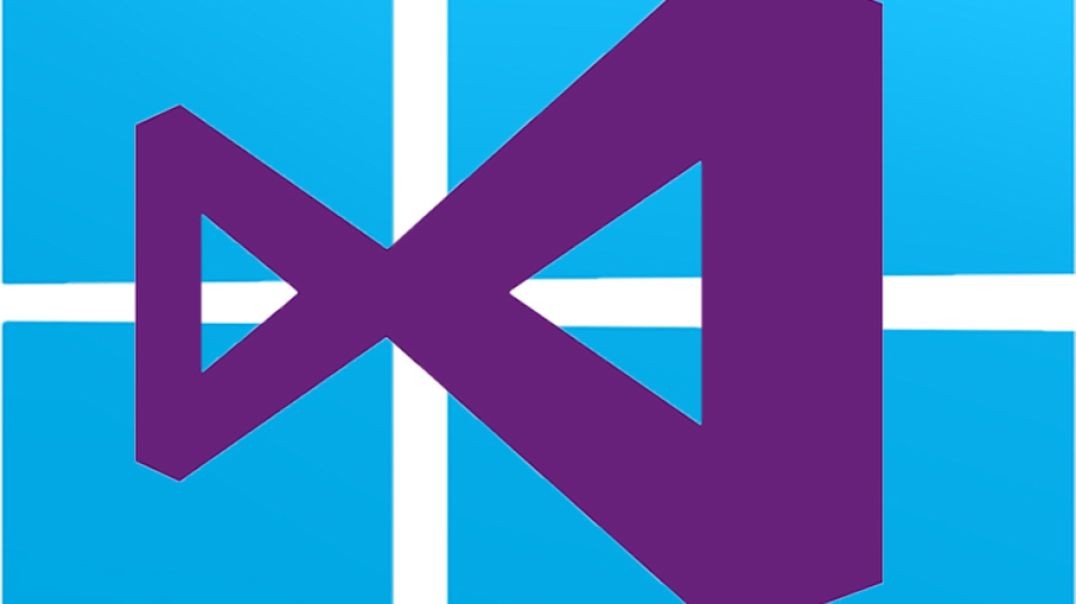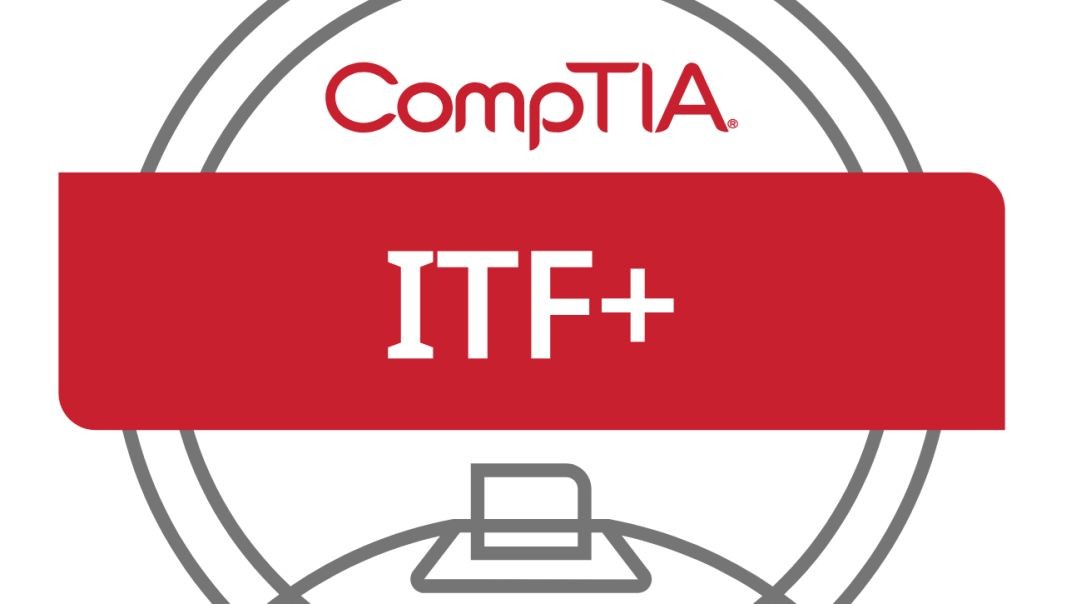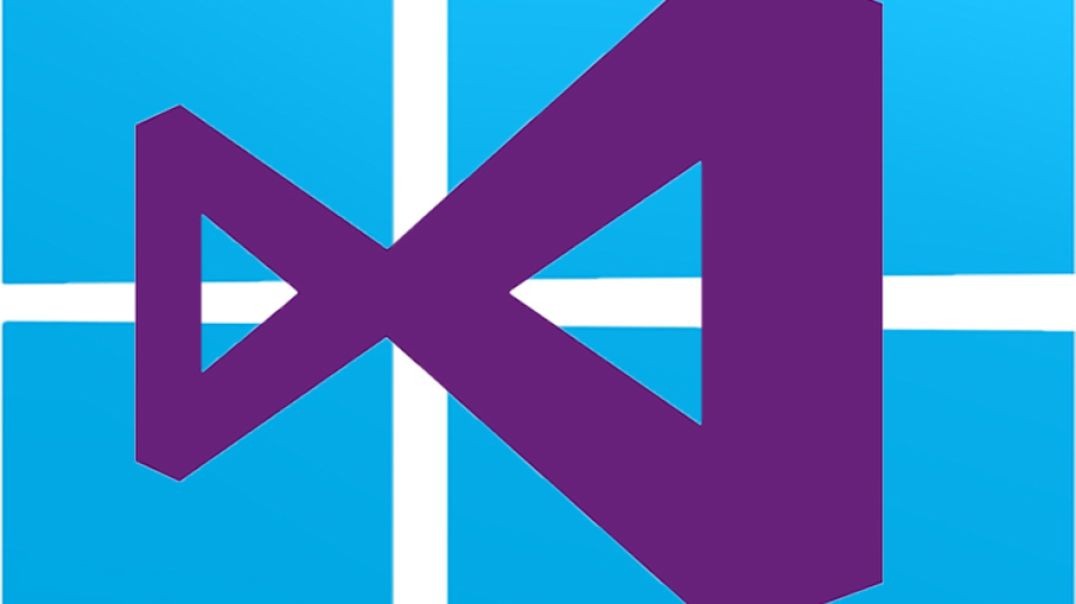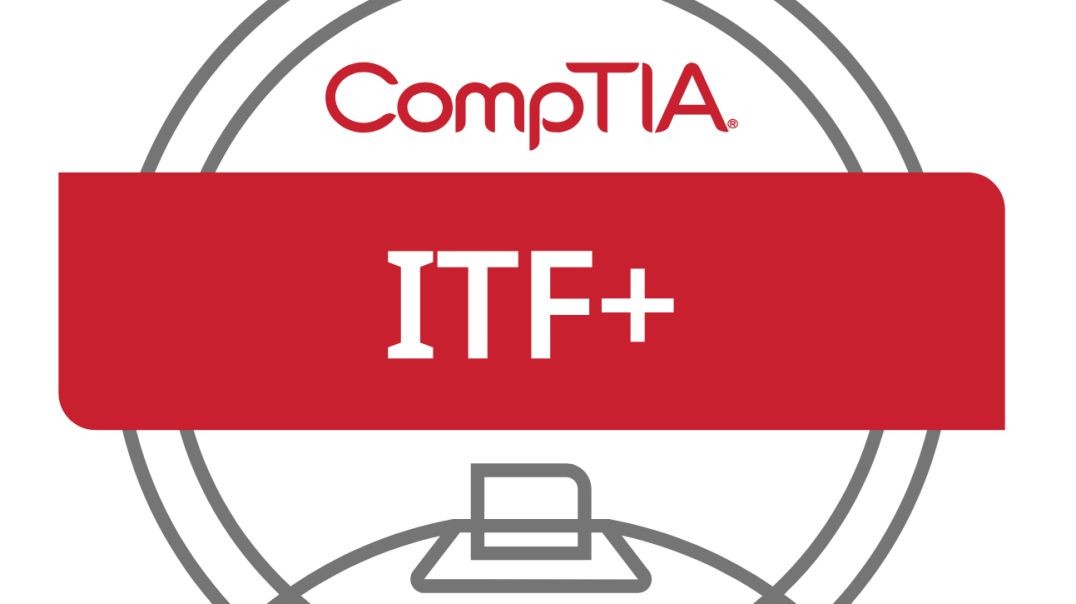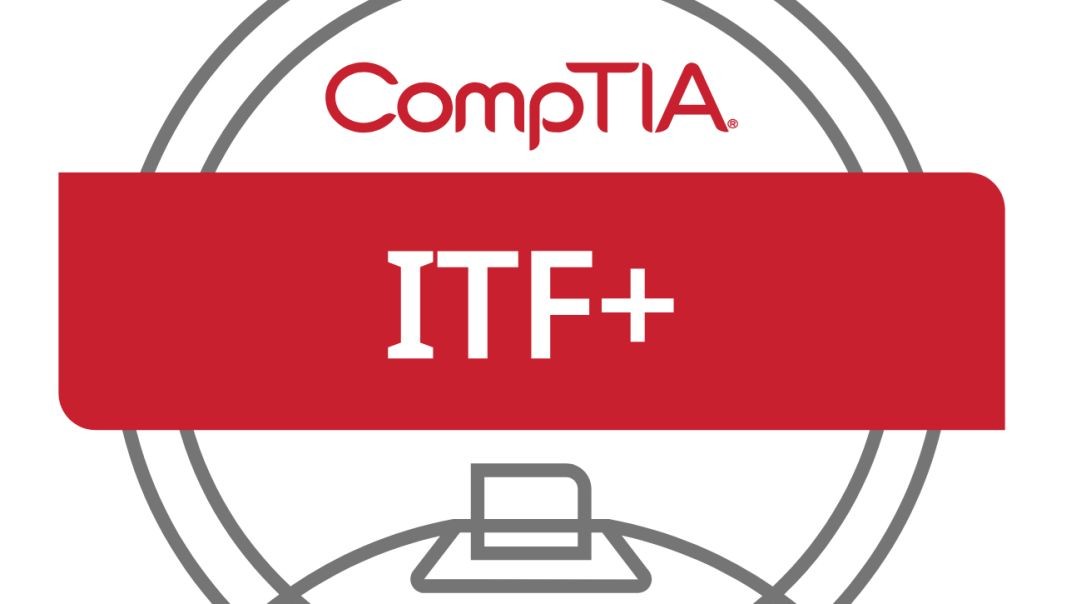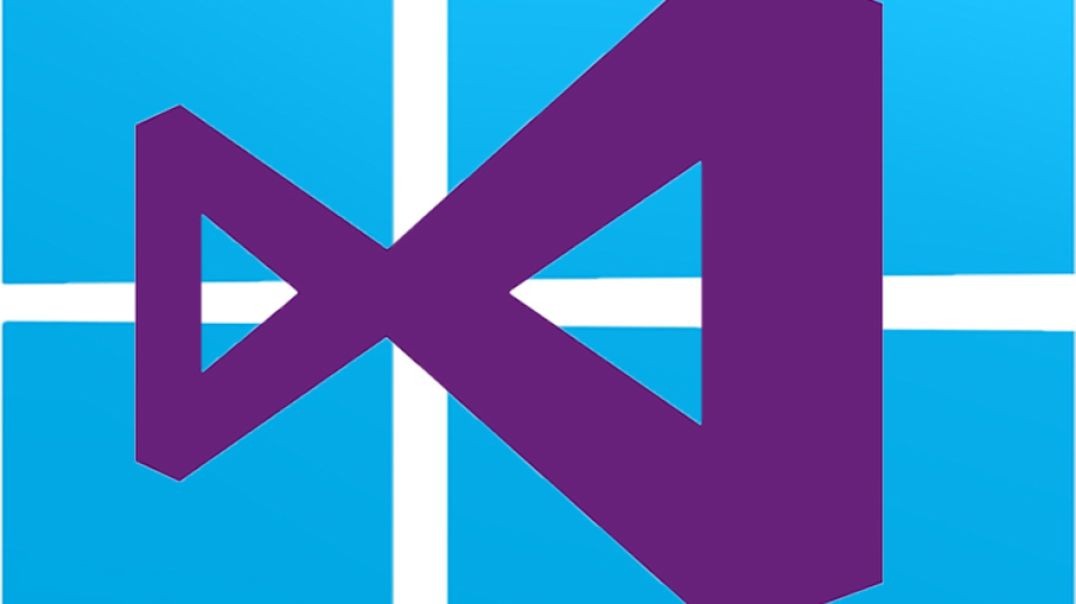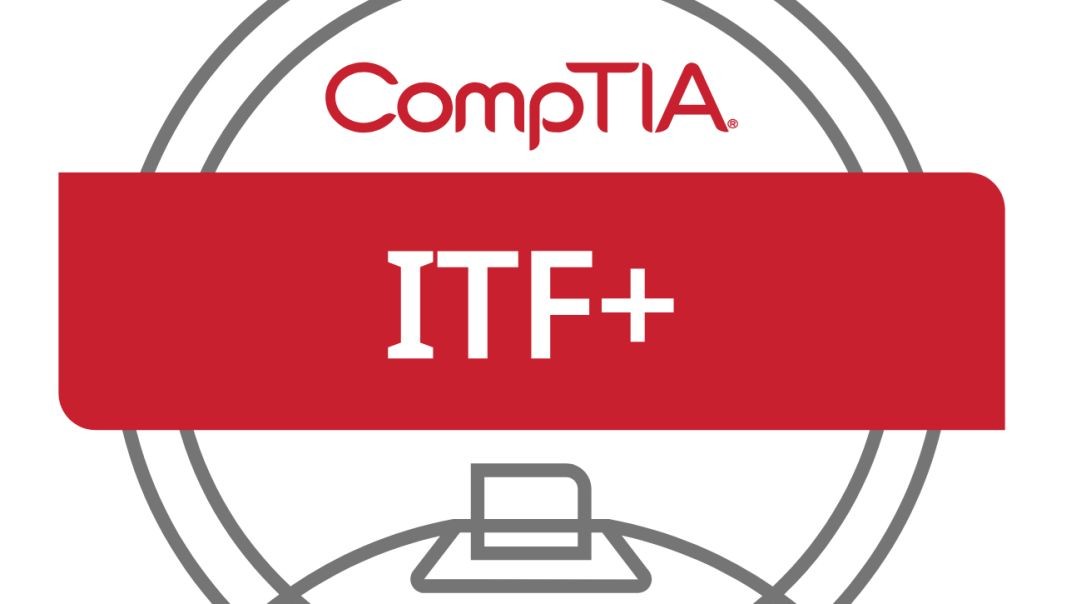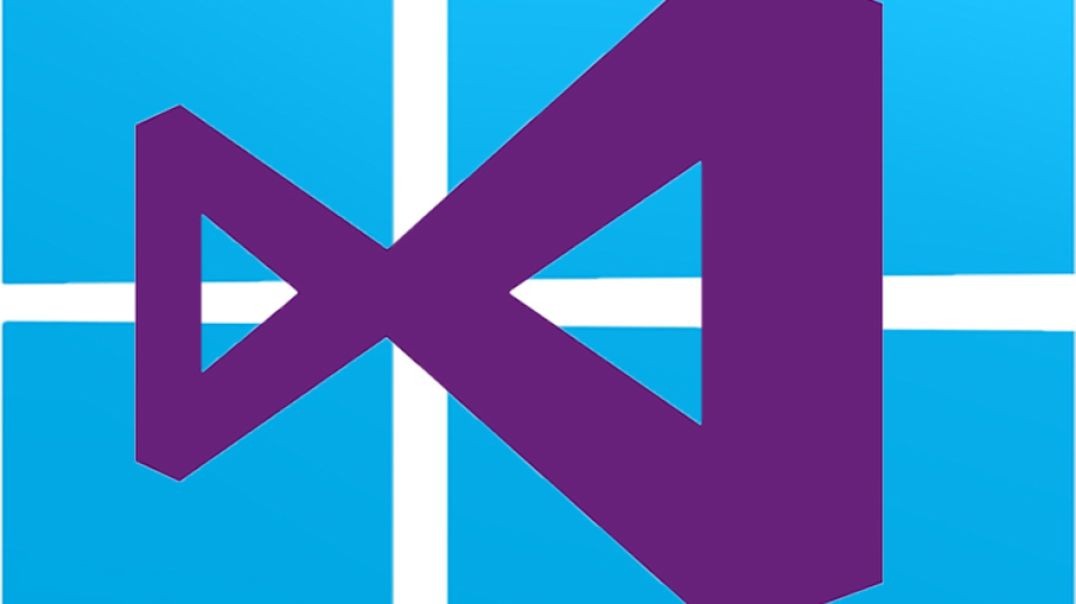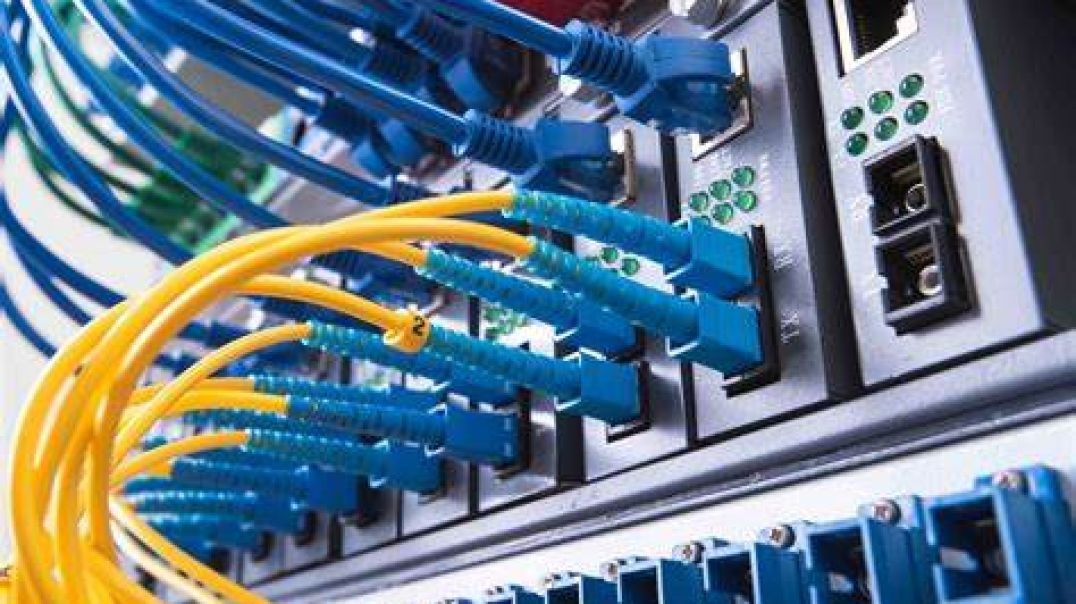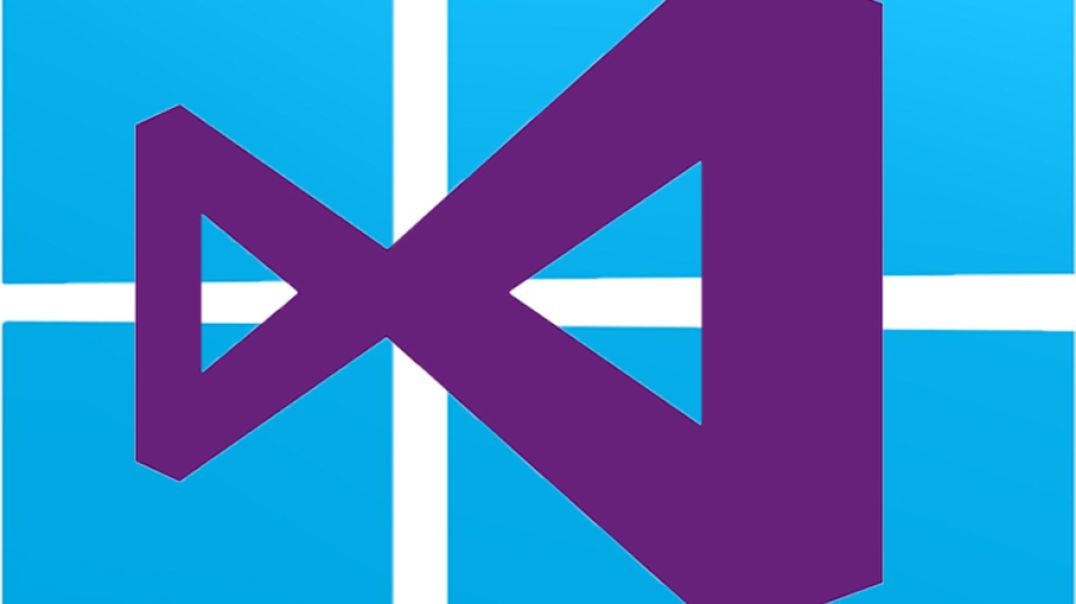Najbolji videi
Greece's most famous city-state is often praised for its creation of democracy. You examine the origins of that system and discover some surprising revelations, including the seminal role played by an instance of spurned affection and perhaps the earliest example of stuffing a ballot box.
Consider what it must have been like to be among the very first historians, not only practicing your art, but having to define it and its standards, as well. See how fundamental questions about writing history were answered by Herodotus, Thucydides, and Sima Qian.
CompTIA IT Fundamentals+ Course | Module 17 Part 1: Cybersecurity Fundamentals
Part 15 of C# .NET Bootcamp: The C# Compiler
In this lesson, you are going to learn about the C# compiler, how it works and how can you work with it
Part 13 of Computer Networking Fundamentals: Virtual Private Networks (VPN)
Virtual Private Networks
At the end of this episode, I will be able to:
- Identify and describe the characteristics and importance of VPNs.
Learner Objective: Identify and describe the characteristics and importance of VPNs
Description: In this episode, the learner will be introduced to virtual private networks or VPNs as well as the importance and attributes of this technology.
- Introduction to Network Infrastructure
- Virtual Private Networks
- A technology that allows for secure communications using public networks infrastructure
- Tunneling Protocols -
- Protocol - a set of rules for communications on a network
- Point-to-Point Tunneling Protocol (PPTP) - the oldest VPN tunneling protocol, while still in use, should be avoided due to vulnerabilities in the encryption and authentication.
- Layer 2 Tunneling Protocol (L2TP)- a combination of Microsoft's PPTP and Cisco's Layer 2 Forwarding (L2F), is a complex VPN protocol that is commonly coupled with IPSec for strong encryption.
- Microsoft Point-to-Point Encryption (MPPE)- an older encryption protocol used with dial-up connections and VPN technologies. This protocol is not considered to be secure and should be avoided where security is a concern.
- IP Security (IPSec)
- VPN Types
- Remote Access VPN - connects remote users to the organization's network from any location
- Site-to-site VPN - connects two local area networks together
- Virtual Private Networks
Japan's second great wave of globalization, the subject of this lecture, stretched from the 1300s to the early 1600s. It's a fascinating period that includes competition with China's Ming dynasty; the new influence of the West (which brought with it guns and Christianity); and the rule of Toyotomi Hideyoshi, Japan's most powerful warlord.
In an ironic reversal of the Indus legacy, the next great era of Indian history is known through an enormous bounty of texts, but relatively little archaeological or material evidence. Grasp what the thousands of verses we have tell us about Vedic culture and religion.
Part 23 of C# .NET Bootcamp: String Parsing
In this lesson, you will learn about how to parse string inputs.
CompTIA IT Fundamentals+ Course | Module 4 Part 5: Servers
Part 14 of C# .NET Bootcamp: Hello World (Explicit)
In this lesson, you are going to learn more about your first application created in .NET platform using the C# language, but more in depth...
Lasting for over 250 years, the Tokugawa shogunate curtailed both globalization and Christianity. How did this feudal government come to power? How did its policies isolate Japan? Along the way, you'll get an insightful look at what we really mean by "isolation" - and how Japan was shaped by foreign cultures even when most Japanese were banned from traveling overseas.
CompTIA IT Fundamentals+ Course | Module 4 Part 6: Smartphones and Tablets
CompTIA IT Fundamentals+ Course | Module 4 Part 8: Original Equipment Manufacturers (OEM)
Part 04 of C# .net Bootcamp course.
In this lesson you are going to learn how to Install Microsoft Visual Studio on Windows, especially when you are a Windows user. For MacOS and Linux User, consider viewing the next video.
CompTIA IT Fundamentals+ Course | Module 5 Part 10: System Cooling
Part 31 of C# .NET Bootcamp: Classes and Objects
In this lesson, you will learn about classess and objects, how you can define them and how to use them correctly.
Part 17 of Computer Networking Fundamentals: Network Cable Types and Connectors
Cable Types and Connectors
At the end of this episode, I will be able to:
- Compare and contrast network cabling types, specifications and standards.
Learner Objective: Compare and contrast network cabling types, specifications and standards.
Description: In this episode, the learner will explore various network cable types, connectors and cabling standards.
- Introduction to Network Hardware
- Network Media Types
- Cable Types
- Copper - copper cabling is the most prevalent media in networks today. This type of media has a lower cost when compared to fiber
- Coaxial cabling - this type of copper media is mostly used in audio and video implementations today rather than networking. This cable type uses a centralized copper conductor wrapped in a dialectric coating, braided shielding and an insulating out jacket. The common connectors used for termination are BNC, F-type and T connectors.
- Twisted pair cabling - this is the most commonly used bounded network media in local area networks. This cable is comprised of 8 copper conductors, twisted in four pairs. These cable come in an unshielded variety called unshielded twisted pair or UTP as well as a shielded variety that wraps the internal conductors in a foil shielding called shielded twisted pair or STP. These cables use an RJ-45 connection for termination not to be confused with the smaller RJ-11 connector used in telephone systems.
- PVC grade cable - this twisted pair cabling is commonly used to connect computers to wall plates.
- Plenum grade cable - this cabling is used in premise wiring throughout plenum spacing for fire code.
- Fiber Optic - this type of cabling uses glass or plastic cores, cladding, strengthening fibers and an outer jacket. This network media has the fastest and farthest transmission distance of all bounded network media.
- Multimode fiber - this fiber optic cable uses cores of 50 and 62.5 microns and mulitple light sources to propagate the signal. It is the cheaper and shorter distance when compared to singlemode fiber.
- Singlemode fiber - this fiber optic cable uses a core of 9 microns and a single light source to propagate the signal. This type of fiber optic cabling is more expensive and farther transmission distances than multimode fiber.
- Connectors
- Subscriber Connector - An older square locking connector.
- Lucent connector - A smaller connector than the SC connector, providing a greater port density.
- Transceiver Modules
- SFP/SPF+ - these are modules are identical in size, however SFP support 1 Gbps transmission speeds and SFP+ supports 10Gbps.
- QSFP/QSFP+ - these modules are identical in size, the difference is that the QSFP support for four 1 Gbps links simultaneously and QSFP+ supports four 10 Gbps links simultaneously.
- Cable Categories - these are a set of specifications that were developed by the Telecommunication Industry Association/Electronics Industry Alliance or TIA/EIA as a part of the cabling standards endorsed by the American National Standards Institue (ANSI)
- CAT5e - this is the cable used in Gigabit Ethernet implementations capable of transmitting data a 350 Mbps
- CAT6 - this is the cable standards used in Gigabit Ethernet implementations capable of transmitting data at 1 Gbps
- CAT6a - this is the cable used in Gigabit Ethernet implementations capable of transmitting data up to 10 Gbps.
- Copper - copper cabling is the most prevalent media in networks today. This type of media has a lower cost when compared to fiber
- Ethernet Base Standards
- 10BASET = Ethernet implementation, 10 Mbps tranmission speed over twisted pair cables
- 100BASET = Fast Ethernet implementation, 100 Mbps tranmission speed over twisted pair cables
- 1000BaseTX = Gigabit Ethernet implementation, 1000 Mbps tranmission speed over twisted pair cables
- 10GBASELX - 10 Gigabit Ethernet implementation using fiber optic media.
- Cabling Issues
- Improper termination - internal conductors are crossed or damaged
- Electromagnetic interference - high voltage power sources, water fountains, HVAC systems, fluorescent lighting can cause interference and corrupt the communication signal in copper-based media.
- Damage - physical damage to the out jacket, internal conductors or cores can cause communication issues on the network
- Standards Mismatch - this can cause slower than expected or poor performance on the network or worse, no communications.
- Cable Types
- Network Media Types
CompTIA IT Fundamentals+ Course | Module 11 Part 5: File System Limitations
Part 26 of C# .NET Bootcamp: Conditionals
In this lesson you will learn about using conditionals branching in C#

